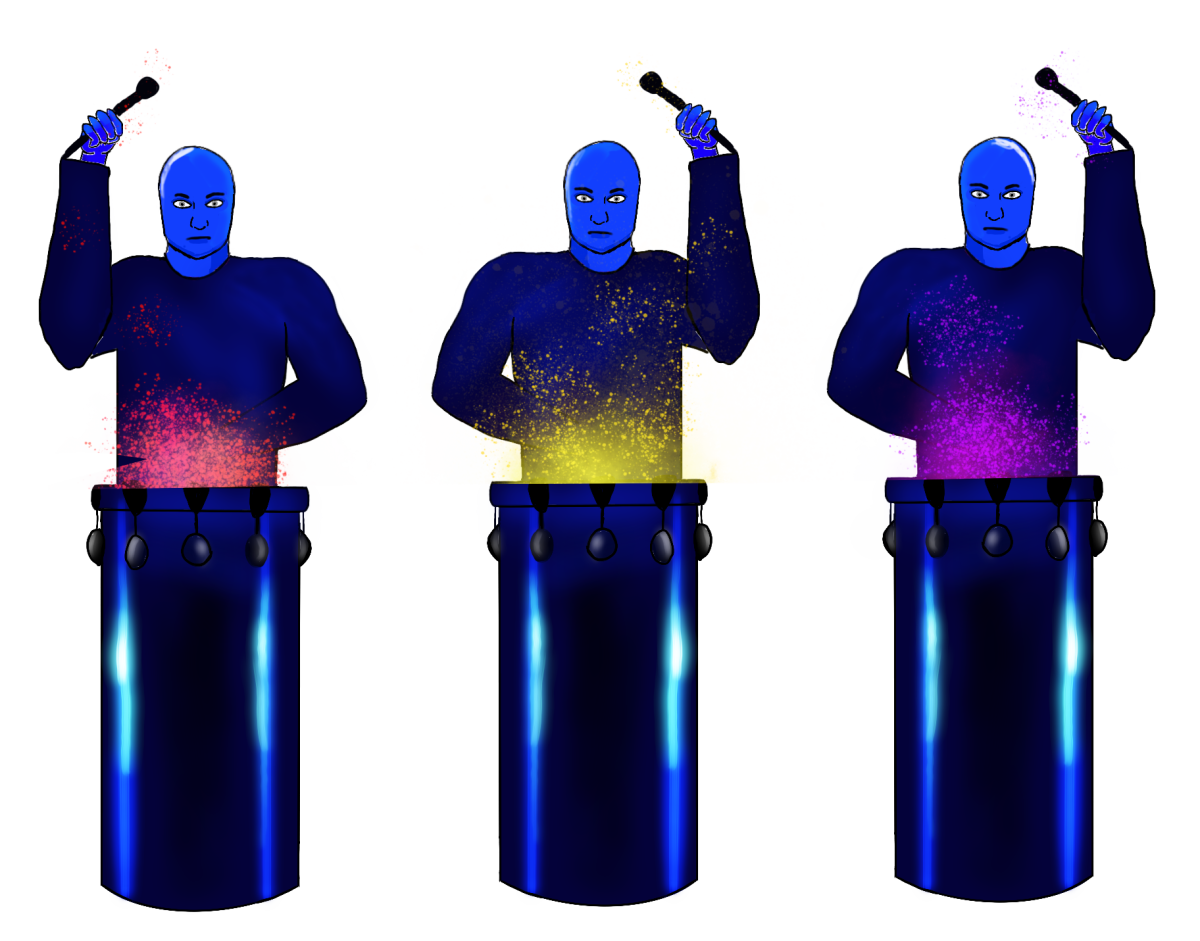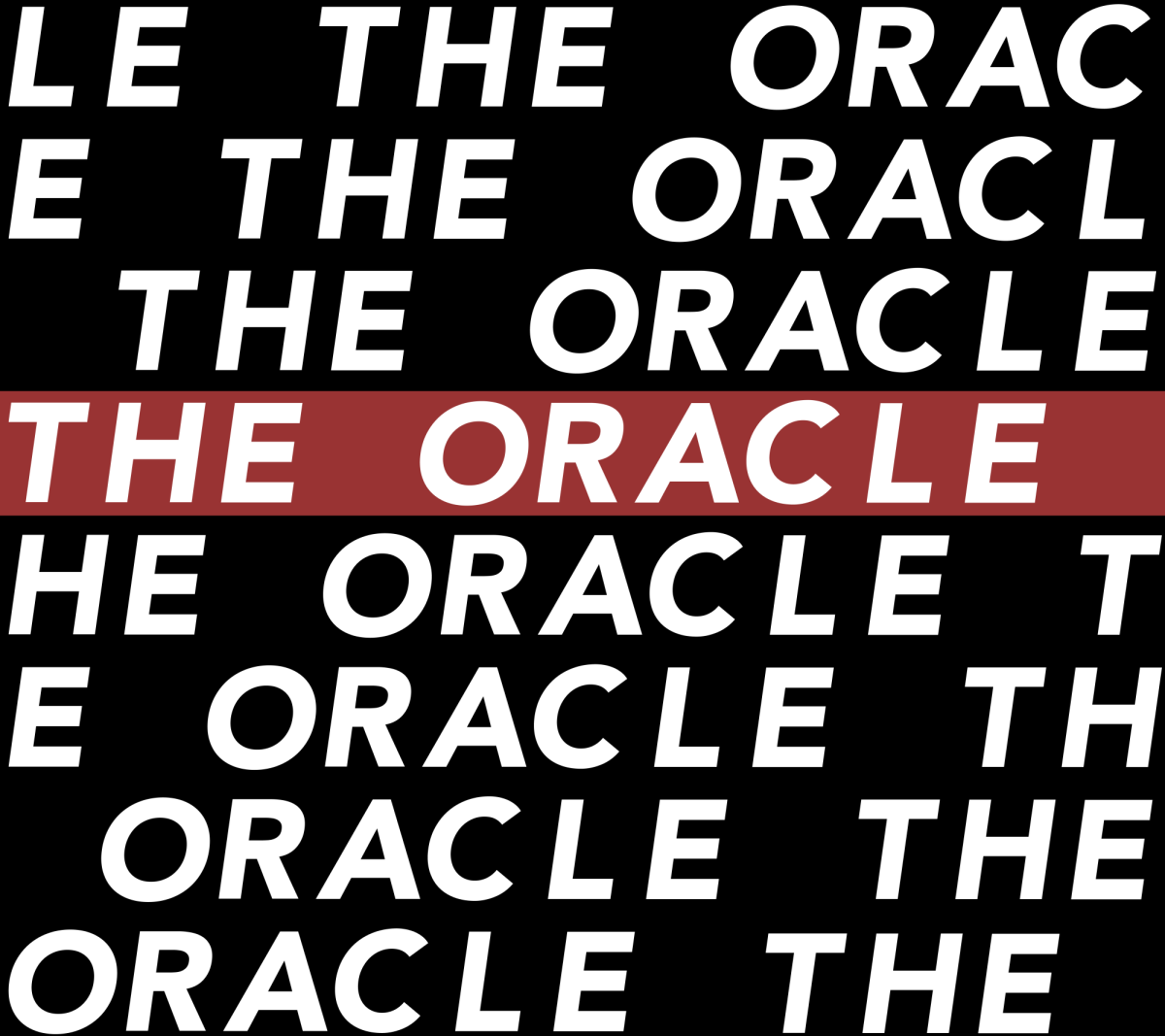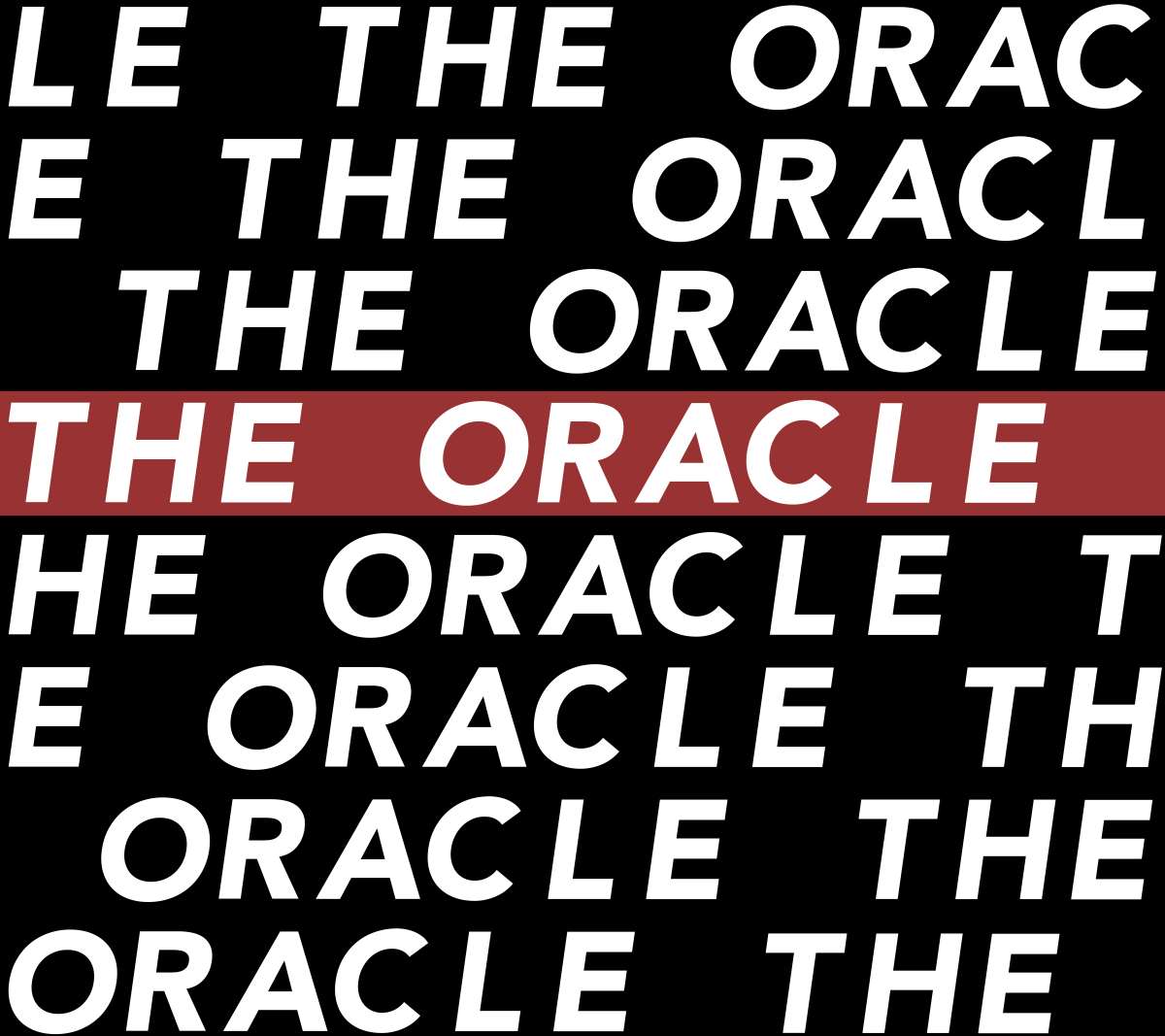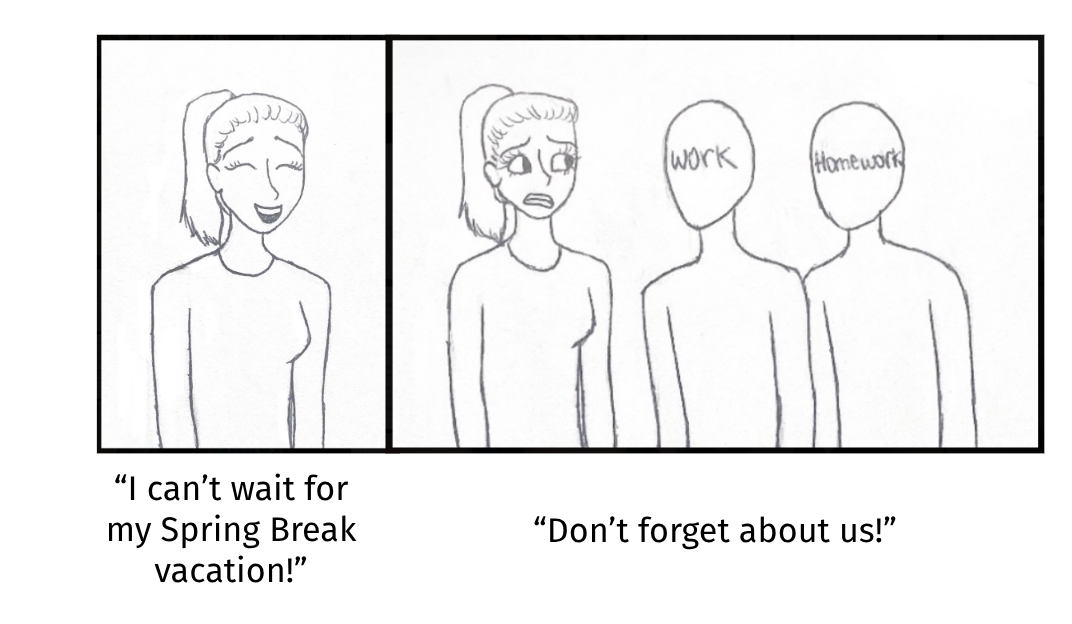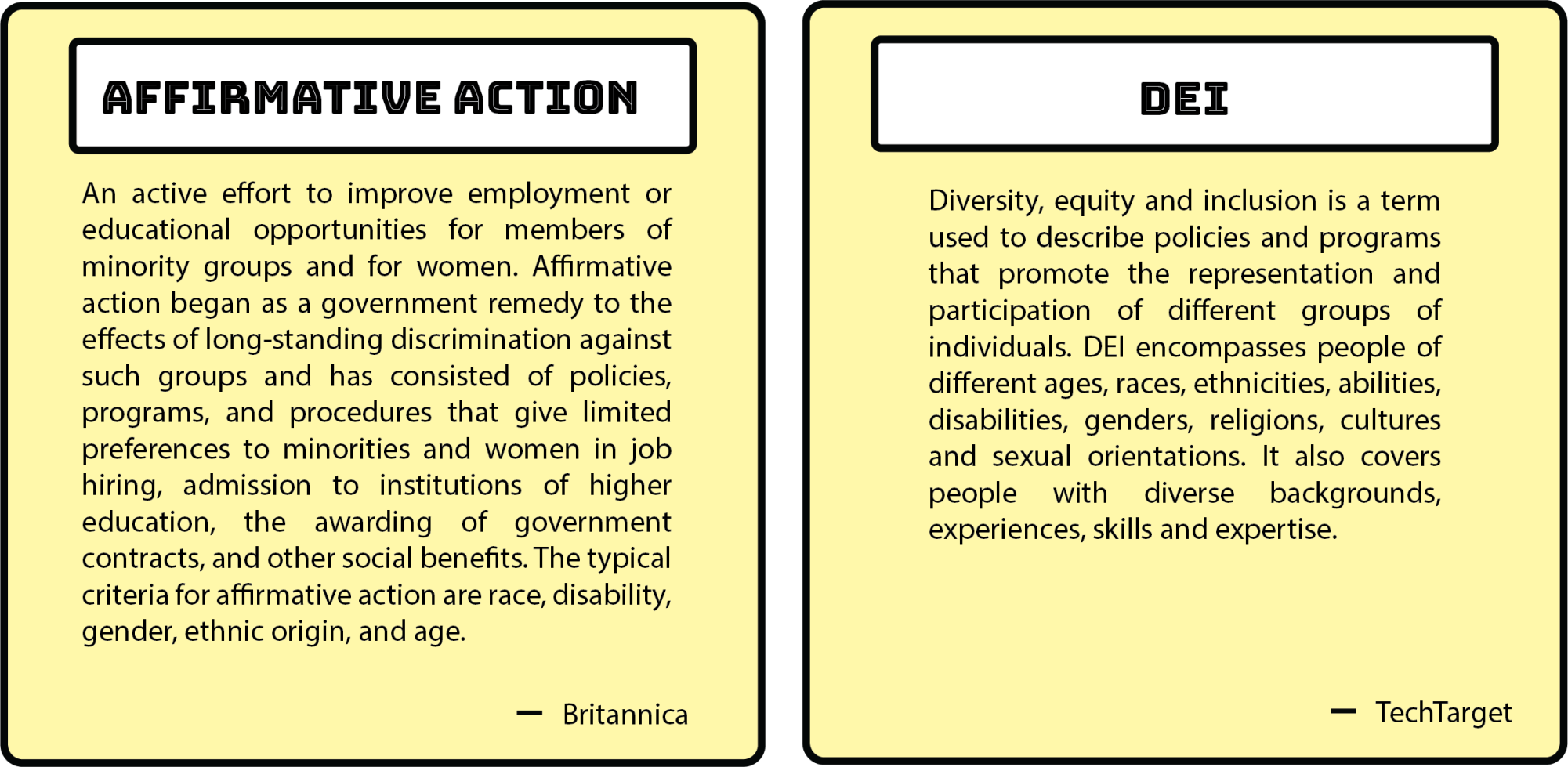Kendrick Lamar’s Super Bowl halftime performance was more than just a musical interlude; it was symbolic storytelling, weaving together themes of American identity, systematic critique and personal triumph. From the choreography to the color schemes, every element was meticulously crafted to convey a message. The performance started with dancers positioned between the fragmented halves of an American flag. This imagery symbolized a nation divided, reflecting the current political atmosphere. The dancers were synchronized yet separated by the split flag, underscoring themes of unity and division coexisting within the country. The choice of red, white and blue not only paid homage to the national colors but also served as a canvas to explore the complexities of patriotism and dissent. In a bold move, Samuel L. Jackson appeared as Uncle Sam, the quintessential representation of American authority and nationalism. This choice was a deliberate critique of the structures that govern our society. Jackson’s portrayal added a layer of depth, challenging the audience to question the narratives of those in power. By doing this, Lamar confronted the audience with the realities of systematic control and the harsh realities of the unfulfilled promises of the American dream for many. During the performance of “HUMBLE.,” the American flag, already split, shattered further. This symbolized the crumbling facade of unity and the exposure of underlying societal issues. The song's lyrics, emphasizing humility and self-awareness, paired with the visual of the flag, served as a powerful visual of national pride and the necessity of introspection. Lamar's reference to "40 acres and a mule" invoked the unfulfilled promise made to freed slaves during Reconstruction. This allusion served as a stark reminder of historical injustices and the lingering effects of systemic inequality. By integrating this reference, Lamar connected past grievances to present struggles, urging the audience to acknowledge and address the enduring legacy of racial injustice.
The most popular segment featured Lamar's track "Not Like Us," a popular and direct diss aimed at fellow rapper Drake. Performing this song on national TV was a bold move. The lyrics, laced with accusations and challenges we had all heard before, were delivered with intensity. The performance's timing, shortly after the song swept the Grammys, underscored Lamar's dominance in the rap arena and his willingness to address contentious issues head-on. Inspiring many, including myself, to be more petty because it can get you five Grammys and a Halftime Show. Lamar's halftime show was a testament to the power of art as a source for social commentary. By seamlessly blending personal narratives with broader societal critiques, he challenged the audience to engage with uncomfortable truths. His approach serves as an inspiration, demonstrating that confronting problems head-on can lead to a profound cultural impact. In conclusion, Kendrick Lamar's Super Bowl halftime show was entertaining but also emerged as a powerful commentary on American society, personal rivalry and the role of art in effecting change. Through intricate symbolism and unapologetic messaging, Lamar not only captivated the audience but also sparked essential conversations, solidifying his position as a transformative figure in contemporary culture.



